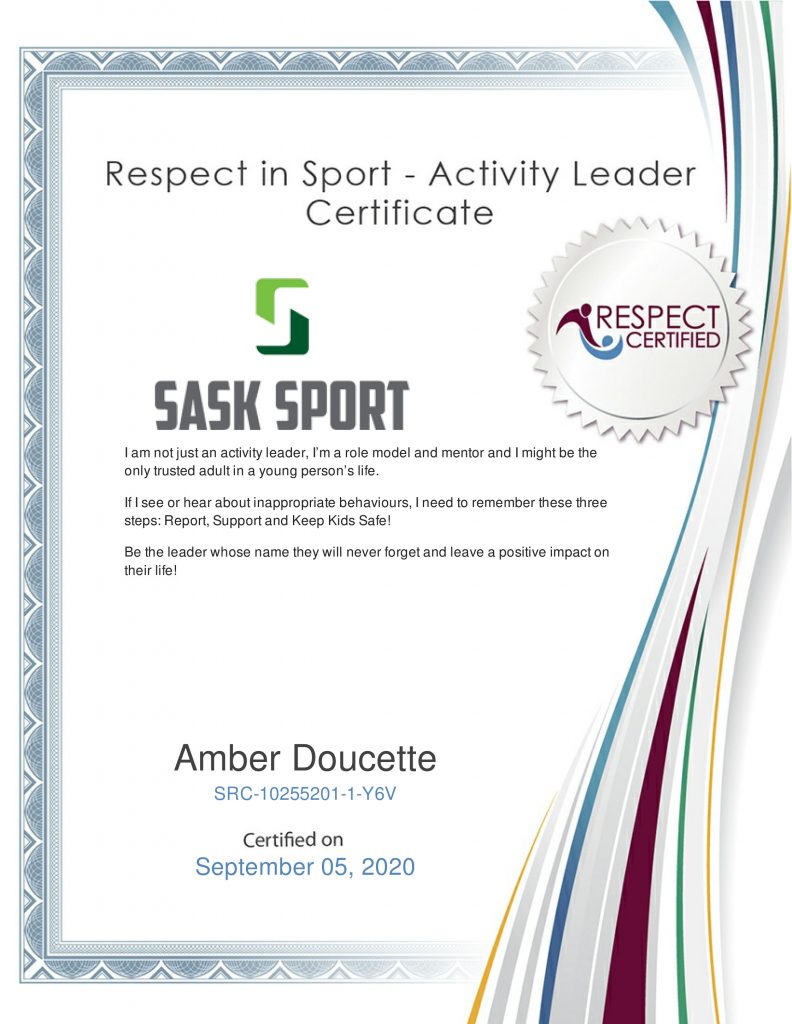According to the common sense, a good student is one that shows up to class focused, and ready to learn, one that wants to learn, and has the capacity to learn in the mainstream way that knowledge is passed on. Sit still and quietly, listen, follow instructions, absorb knowledge, and regurgitate it later in an exam. Learning what is in the curriculum guide is the goal; there is no room for exploring curiosities and being creative. You also need to belong to the Religion of majority and not stand out from the majority in any way. You must fit perfectly into societies mold. Standing out and being unique is not an option.
To me this really doesn’t benefit anyone, but when you list all of these items needed to be checked off to be a perfect student, you are left with children who are from families with money, are of the mainstream race and culture, and children who are “typically” developing along the “proper” timeline.
In “A History of Education,” Painter talks about how children need to be filled with the proper useful knowledge so that they can fit in and be a productive part of society and live a fulfilling life. History tells us how to properly educate students and warns us of the dangers of free thinking and creativity. “Man” needs to be taught the necessary knowledge and skills in order to perform the duties to live a successful life. History adds that education is not to be creative or fun.
Kumashiro talks about children who don’t fit the mold of the perfect student, and how they are failing them by not being able to help them to display “proper” behaviour. As a teacher they feel the pressure of creating perfect students and behave in the acceptable mainstream manner.
I feel history has its place and that we do learn a lot from it, but it is comforting to know that people are able to evolve and better themselves. Education needs to be more about the student rather than focusing on the content and how the content is passed on. How do you help someone learn if the way in which they learn is not considered? A good student is plain and simple, a student; all students are good students.
Kumashiro. (2010). Against Common Sense, Chapter 2 (pp. 19 – 33) – “Preparing Teachers for Crisis: What It Means to Be a Student”
Painter. (1886). A History of Education

Recent Comments